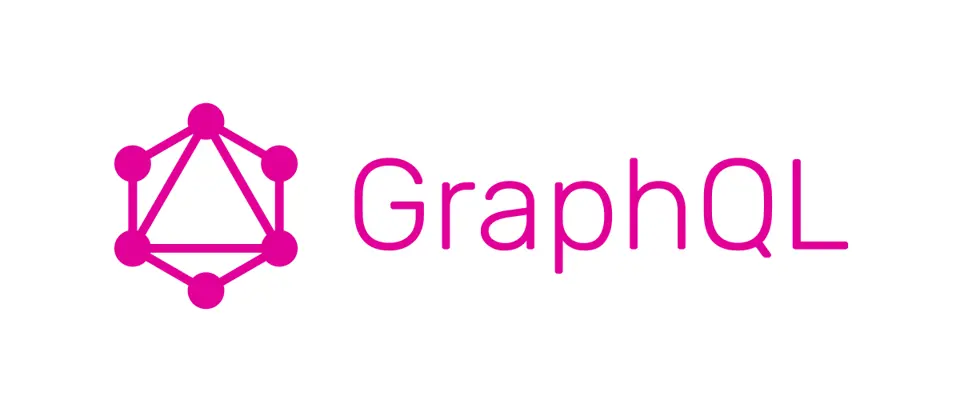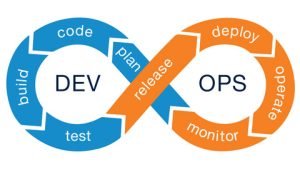GraphQL is a query language for APIs that allows clients to request only the data they need, making it an efficient and flexible alternative to traditional RESTful APIs. In this article, we will explore how to implement and optimize GraphQL APIs in PHP, using code examples to illustrate key concepts.
To get started, you will need to install a GraphQL server library for PHP, such as webonyx/graphql-php. This library provides a set of tools for building GraphQL servers in PHP, including a schema language for defining the types and fields of your API, and a runtime for executing queries against that schema.
Here is a simple example of a GraphQL server implemented using webonyx/graphql-php:
Copy coderequire_once __DIR__ . '/vendor/autoload.php';
use GraphQL\Type\Definition\ObjectType;
use GraphQL\Type\Definition\Type;
use GraphQL\GraphQL;
use GraphQL\Type\Schema;
$queryType = new ObjectType([
'name' => 'Query',
'fields' => [
'hello' => [
'type' => Type::string(),
'resolve' => function () {
return 'Hello, world!';
}
]
]
]);
$schema = new Schema([
'query' => $queryType
]);
$rawInput = file_get_contents('php://input');
$input = json_decode($rawInput, true);
$query = $input['query'];
$variableValues = $input['variables'];
try {
$result = GraphQL::executeQuery($schema, $query, null, null, $variableValues);
$output = $result->toArray();
} catch (\Exception $e) {
$output = [
'error' => [
'message' => $e->getMessage()
]
];
}
header('Content-Type: application/json');
echo json_encode($output);
In this example, we define a simple Query type with a single field hello, which returns the string “Hello, world!” when queried. We then create a new Schema object that uses this query type as its root, and pass it to the GraphQL::executeQuery function along with the incoming query and variable values. The result of the query is then returned as a JSON encoded object.
Once you’ve got your GraphQL API up and running, you can optimize its performance by using caching and batching techniques. One technique is to use a caching layer like Redis or Memcached to store the results of frequently executed queries. This can significantly improve the performance of your API, especially under heavy load. Another technique is to use batching to process multiple queries in a single request, reducing the overhead of multiple round-trips to the server.
Another important aspect of optimizing GraphQL API is to limit the number of nested fields or limit the data volume to the needed minimum. Because in GraphQL clients can ask for any data available in the API, it can cause in large queries and high response data volume that can overload the server. Using directives or validation in schema can solve this problem.
Finally, FAQ section
What is GraphQL?
GraphQL is a query language for APIs that allows clients to request only the data they need, making it an efficient and flexible alternative to traditional RESTful APIs.
What is the advantage of using GraphQL over REST?
One of the main advantages of GraphQL over REST is its ability to request only the data you need. This reduces the amount of data that needs to be transferred over the network and allows for more efficient use of resources on both the client and the server. GraphQL also provides a more flexible and powerful way of querying data, allowing for more complex and dynamic queries.
What are some benefits of using webonyx/graphql-php library?
webonyx/graphql-php is a popular and well-documented library for building GraphQL servers in PHP. It provides a set of tools for defining the types and fields of your API, a runtime for executing queries against the schema, and support for handling errors and validation. It also supports for advanced features such as subscriptions, cursor-based pagination, and type definition caching.
How can I improve the performance of my GraphQL API?
There are several ways to improve the performance of a GraphQL API, such as using caching and batching techniques, limiting the number of nested fields, and limiting the data volume to the minimum needed. Additionally, you can also tune your database to handle the specific type of queries that GraphQL generates.
Where can I find further resources on GraphQL?
Here are some resources that you may find helpful when working with GraphQL:
- Official GraphQL documentation: https://graphql.org/learn/
- GraphQL PHP community: https://github.com/webonyx/graphql-php
- GraphQL on Github: https://github.com/graphql
- GraphQL best practices on Apollo blog: https://www.apollographql.com/blog/best-practices-for-building-a-graphql-server-b7fa94b90891
In conclusion, GraphQL is a powerful and flexible alternative to traditional RESTful APIs. With the help of a library like webonyx/graphql-php, it’s easy to implement a GraphQL server in PHP. Optimizing performance can be achieved by using caching and batching, limiting nested fields and limiting data volume. These advanced techniques can help to make your GraphQL API more efficient, reliable and user-friendly.















